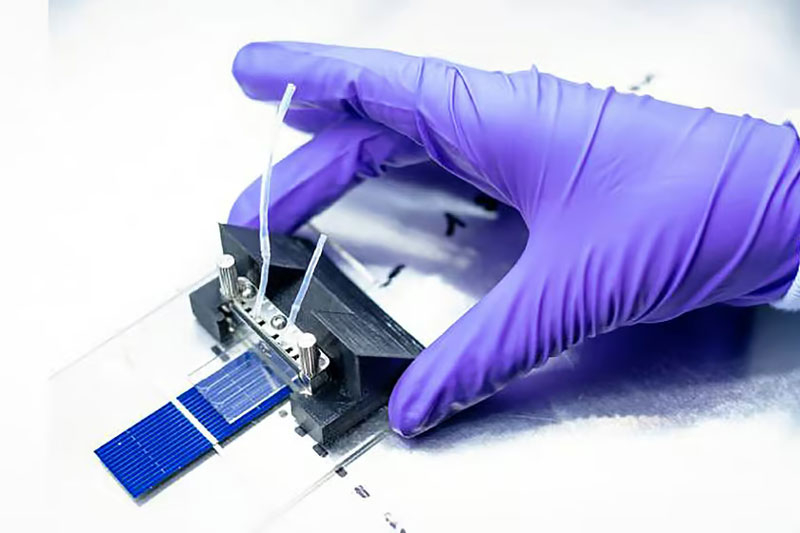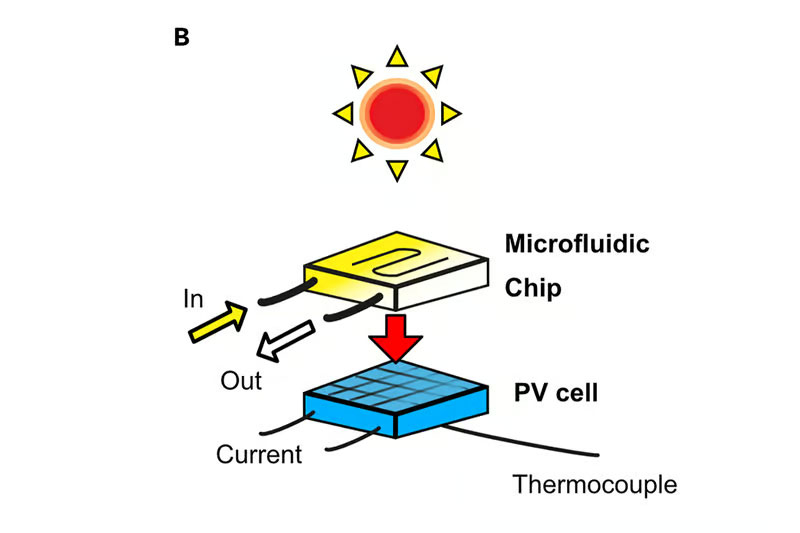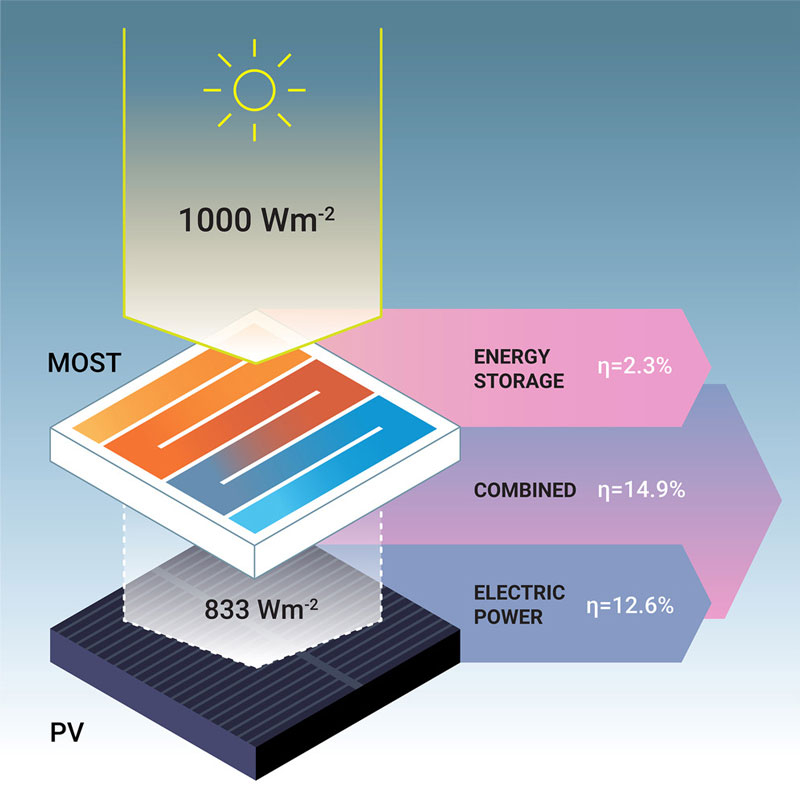A group of European scientists have created an innovative hybrid solar cell that will store energy on site for consumption at night. The new development combines record-breaking efficiency and environmental friendliness, using widely available materials without scarce rare earth elements and expensive metals. The overall efficiency of the solar cell is a modest 14.9%, but the product can be developed further.

Image source: UPC/Paulius Baronas
Scientists from the Chalmers University of Technology in Sweden and the Spanish Polytechnic University of Catalonia in Barcelona (UPC) solved two problems. First, it was necessary to lower the operating temperature of the silicon solar cell so that its efficiency did not decrease due to overheating – heating can reduce efficiency by 10-25%. Secondly, energy storage had to occur without the use of rare chemical elements. It should be remembered that any filter reduces the efficiency of the photocell, which is an additional task for developers.

The researchers used a conventional silicon photocell, but placed a transparent element on top for microcirculation of liquid. This liquid had the property of changing its molecular structure when exposed to ultraviolet and visible light. Scientists call this superstructure a molecular solar thermal storage device (MOST). The energy was stored in the form of changes in molecular bonds in the liquid. To release energy, it was necessary to restore the previous connections. The liquid could be used up to 1000 times, or about three months of continuous operation.

The efficiency of energy storage in molecular bonds was a record 2.3% for this method. At the same time, the liquid cooled the silicon photocell on the surface of which it was located. At a direct heating temperature of up to 39 °C, the liquid reduced the temperature of the silicon element by 8 °C, which increased its efficiency by 0.2% (to 12.6%). The total efficiency of the hybrid element was 14.9%. Because each component can be improved, future efficiency can reach commercially acceptable levels, providing the added benefits of increased efficiency, durability, and relative low cost.